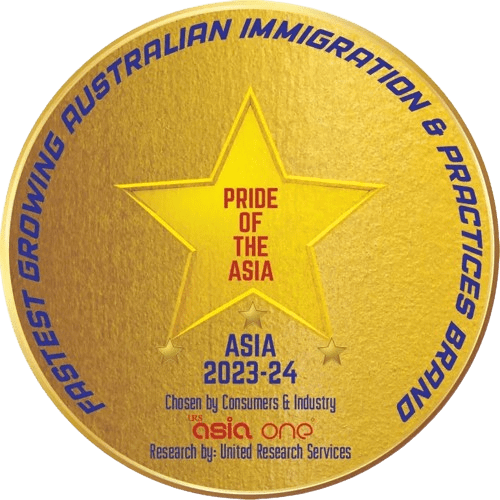To be eligible for an RRV, you must meet specific criteria:
- Permanent Resident Status: You must be a permanent resident of Australia.
- Former Citizen or Permanent Resident: You can apply if you were an Australian citizen or permanent resident in the past.
- Residency Requirements: You must have spent a certain amount of time in Australia to qualify easily.
The residency requirement calculation is vital in determining your eligibility for an RRV:
- For a 5-year RRV (subclass 155): You must have spent at least 2 years (730 days) in the last 5 years in Australia as a permanent resident or citizen.
- For a 1-year RRV (subclass 155): If you do not meet the 2-year requirement, you must provide evidence of substantial ties to Australia (business, cultural, employment, or personal ties) that are of benefit to the country.
- For a 3-month RRV (subclass 157): You must have spent at least 1 day in the last 5 years in Australia as a permanent resident and can show compelling and compassionate reasons for your absence if you do not meet the 2-year requirement.
The application process for an RRV is straightforward and can be completed online through the Department of Home Affairs website:
- Gather Documents: Collect all necessary documents, such as your passport, proof of residency, and evidence of ties to Australia if needed.
- Create an ImmiAccount: Register for an ImmiAccount on the Department of Home Affairs website.
- Complete the Application: Fill out the application form for the RRV, providing all required information and documentation.
- Pay the Fee: Pay the visa application fee online.
- Submit the Application: Submit your completed application through your ImmiAccount.
The processing time for an RRV can vary:
- Subclass 155: Generally takes between 2 to 6 weeks.
- Subclass 157: Typically processed within 2 weeks.
Processing times may vary based on individual circumstances and the complexity of the case.
As of the latest update, the cost for applying for an RRV is:
- Subclass 155/157: AUD 485
Additional fees may apply for subsequent entrants or other specific cases. Always check the latest fee structure on the Department of Home Affairs website.
The validity period of an RRV depends on the subclass:
- Subclass 155: Can be valid for up to 5 years or 1 year, depending on your residency history and ties to Australia.
- Subclass 157: Valid for 3 months.
Renewing an RRV involves applying for a new visa before your current one expires. The process is the same as applying for the original RRV:
- Assess Eligibility: Ensure you meet the residency or substantial ties requirements.
- Prepare Documents: Gather the necessary documentation.
- Submit Application: Apply through your ImmiAccount and pay the application fee.
While both visas serve the purpose of allowing re-entry into Australia, they have distinct differences:
- Visa Subclass 155: Typically valid for 5 years (if you meet the 2-year residency requirement) or 1 year (if you can demonstrate substantial ties). Suitable for those who have spent significant time in Australia or have strong ties.
- Visa Subclass 157: This visa is valid for 3 months and is meant for those who have spent at least 1 day in Australia in the last 5 years and have compelling reasons for their absence.
The Resident Return Visa (RRV) is a crucial document for Australian permanent residents, former citizens, and permanent residents wishing to maintain residency status while travelling internationally. Understanding the eligibility criteria, application process, and differences between visa subclasses 155 and 157 can help ensure a smooth application experience. Always stay updated with the latest Department of Home Affairs information to ensure compliance with all requirements.
















